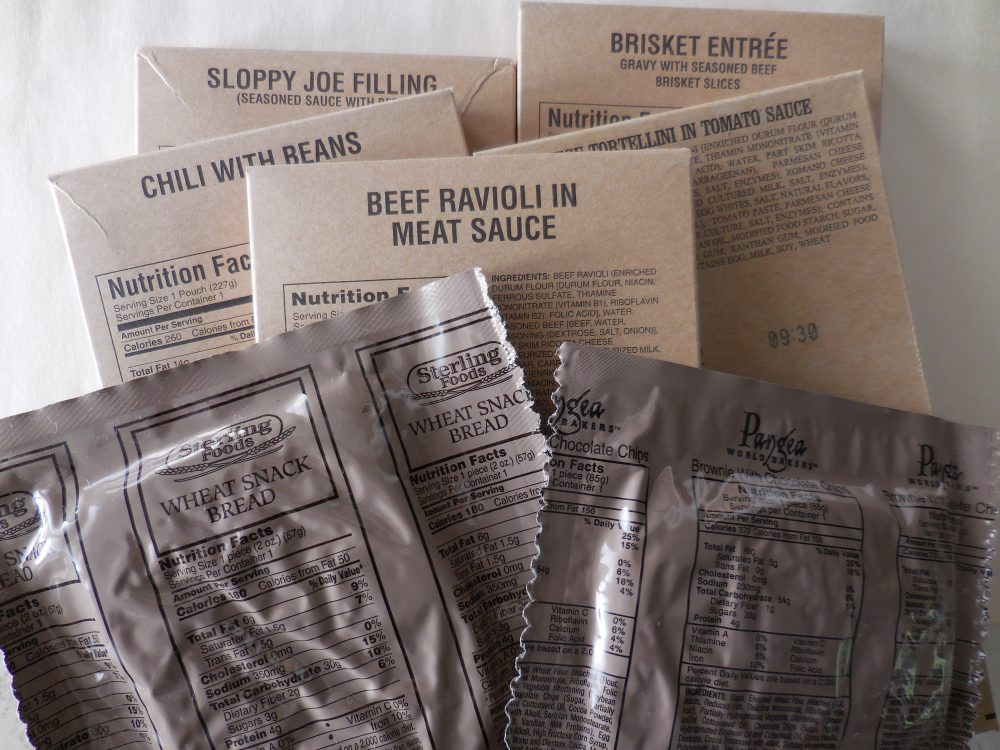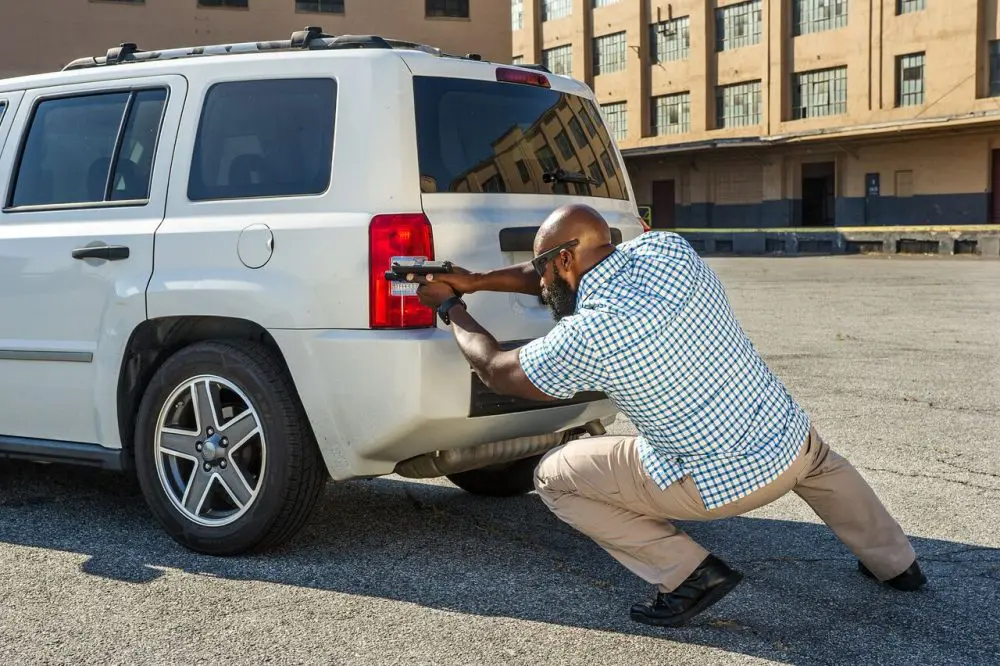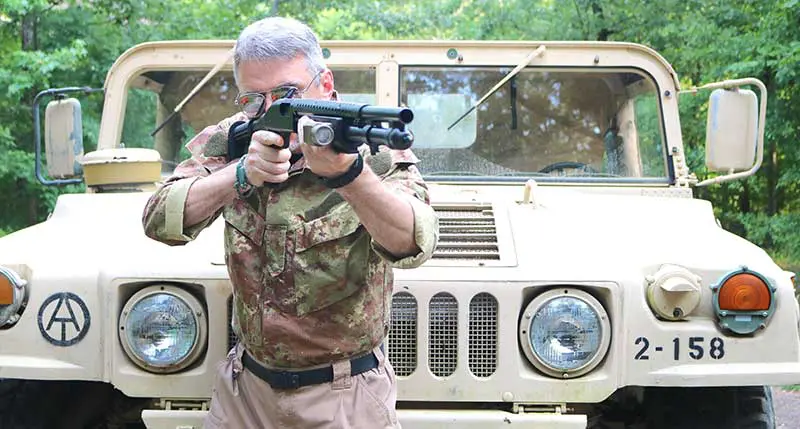The subject of contagion fire arises from opposing attorneys in officer-involved shooting (OIS) cases wherein a number of officers fire a number of rounds at any given suspect. When first introduced to this terminology, I was somewhat miffed. Here again was the opposing so-called “expert” referring to “contagion fire” as if it were written in stone. They refer to it as if it is a proven psychological, scientifically quantifiable fact.
In some cases that may explain what happened, but in others it’s simply fancy word spinning to bolster their agenda.
I recently worked a case where a number of officers fired at the termination of a pursuit. It was at night on a freeway. The suspect had threatened to shoot any officers who attempted to stop him and advised that he possessed explosives and weapons. It was an open line of communications, so the pursuing officers were all aware of the fact that he had made such statements. This would certainly set the stage for reasonable officers mindset when they confronted him.
At the termination of the pursuit and upon alighting from the vehicle and assuming a combat, shooting stance ” the suspect oriented his hands in their direction, holding an object that the multiple officers believed to be a firearm (it proved to be a cell phone held in a longitudinal orientation toward the officers). The officers opened fire and 98 rounds were discharged, 92 of which missed the mark. The suspect sustained five peripheral hits and one (what I assumed was a somewhat unintentional) head shot, which terminated the incident.
In this case, an argument for contagion fire could be made—and was.
The fact that others are firing at a threat does not mean you should also engage the threat, unless you as an individual recognize the threat for what it is. It’s common sense and sound policy. Deviate from this at your own peril.
The entire incident could have been ended right at the outset. Accurate aimed fire of one or two rounds in a calm, measured approach and it would have been over.
The initial distance at the outset of the shooting was approximately seven to eight yards. At the termination of the shooting, the final shot was about 35 yards. It’s hard to generate a lawsuit stating that your client was felled in a “hail of one round” or perhaps “a fusillade of two rounds.” But such an argument can be made when a lot of rounds are let loose downrange.
A factor that many officers might not consider is that if the initiating officer is incorrect in his application of force, then everyone following his example is right down the rabbit hole with him.
Years ago, New York P.D. conducted a study. As I remember it, officers who fire five rounds or less realized a much higher percentage of hits than officers who fired more than five rounds. This makes sense to me, as many times in real-world shootings I have witnessed and participated in, fewer rounds equaled more attention and adherence to the mechanics, and a greater hit ratio.
In other words, there is more deliberation behind the shots, resulting in greater accuracy that terminated the problem within a shorter time frame. In some anomalous incidents, a lot of rounds will be necessary. I do not dismiss this fact. However, when it is the proverbial “flock” shoot and everyone is participating, it often becomes a bit of a fur-ball (fighter pilot talk), and little of substance is accomplished.
You can train to this evolution, but only when the instructor knows what he is talking about and has a real handle on the problem. Having shooters “pull off” of shots when others are engaging can be a bit of a challenge. I understand this.
Yet, within a few training evolutions, the officers begin to get it and they settle down. I was not born yesterday. I know that officers are out there who want to get in on the shooting, as these events don’t happen every day. This is more of a personal subject and one that should be recognized by supervision for what it is.
In my era and especially in Old School (LAPD) Metro, they really, really frowned on anyone who shot when they did not have to. This was not an insignificant point of fact within Metro back then. We were held to a very high standard and our shooting reflected the history of Metro itself.
As a result, all of us were very, very circumspect when we did engage suspects. Line officers who do not possess a higher degree of training are more prone to contagion fire. It should be discussed in roll calls and especially in training formats—either live fire or situational simulation scenarios.
Only discharge rounds based on your personal knowledge. Fire accurately, not indiscriminately. Employ the mechanics and maintain your composure.
It’s that simple.
Scott Reitz is a 30-year veteran of the Los Angeles Police Department and director of the highly acclaimed International Tactical Training Seminars. Course information and schedules are available at their website at www.internationaltactical.com. Looking Back, a free monthly newsletter, is available by email at [email protected].






